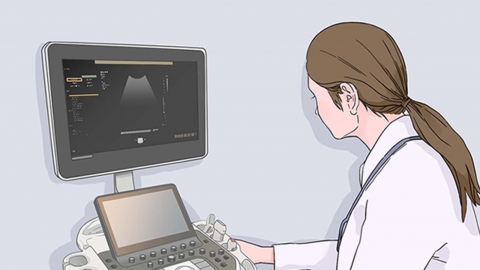What are the differences between non-invasive prenatal testing and Down syndrome screening?
Non-invasive prenatal testing (NIPT), also known as non-invasive DNA testing, differs from Down syndrome screening in several aspects including testing principles, accuracy, applicable populations, detection scope, and risks. A detailed comparison is as follows:

1. Testing Principles: NIPT involves collecting peripheral blood from pregnant women to extract fetal cell-free DNA, followed by analyzing chromosomal abnormalities using gene sequencing technology. Down syndrome screening, on the other hand, measures specific hormone levels in the mother's blood and combines this data with factors such as maternal age and weight to calculate the risk of chromosomal abnormalities.
2. Accuracy: NIPT has a higher detection rate for common trisomies and a lower false-positive rate. Down syndrome screening is relatively less accurate, with a certain rate of both false-positive and false-negative results, potentially requiring further diagnostic testing for confirmation.
3. Applicable Population: NIPT is recommended for women with high-risk results from serum screening or those who have missed the optimal timing for Down syndrome screening. Down syndrome screening is more suitable as an initial screening method for general pregnant women, especially those younger than 35 years who are considered low-risk.
4. Scope of Detection: NIPT can detect common trisomy syndromes such as trisomy 21, trisomy 18, and trisomy 13, with some tests also capable of identifying other chromosomal abnormalities. Down syndrome screening primarily assesses the risk of trisomy 21, trisomy 18, and open neural tube defects.
5. Risk: NIPT requires only a maternal peripheral blood sample, making it a non-invasive procedure with no harm to either the mother or the fetus. Similarly, Down syndrome screening involves a blood draw and is non-invasive, but its lower accuracy may lead to an increased likelihood of requiring subsequent invasive diagnostic procedures.
When choosing between NIPT and Down syndrome screening, individuals should make decisions based on their personal circumstances and follow medical advice. If abnormal results are obtained, timely further testing should be conducted to confirm diagnosis and take appropriate actions to ensure maternal and fetal health during pregnancy.





